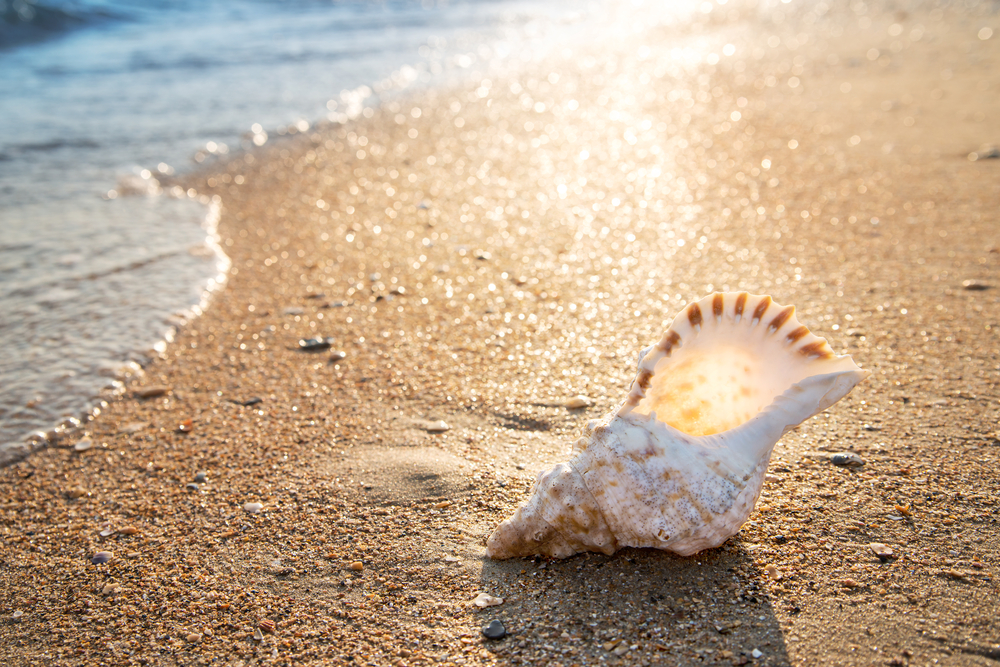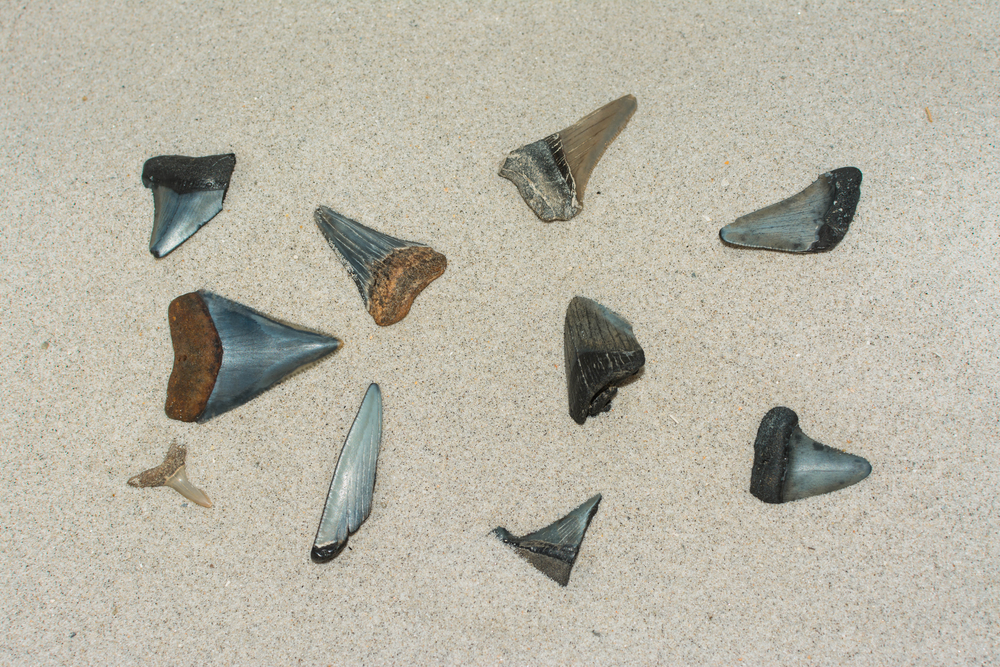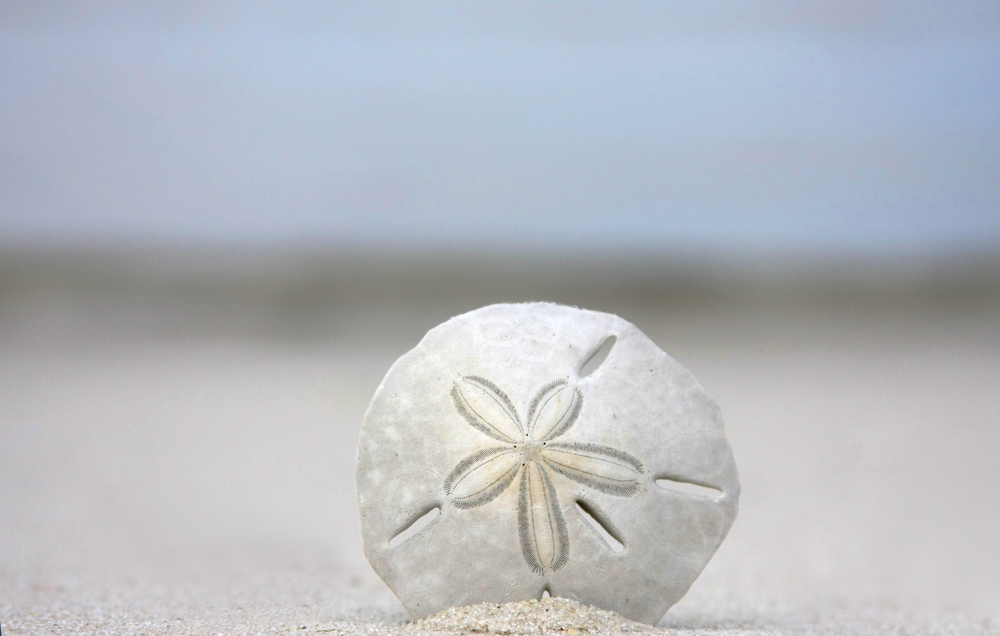There’s something quite relaxing about strolling along a sandy beach, looking for tiny treasures beneath your feet. Beachcombing is a timeless, memorable activity for all ages. So, the next time you’re vacationing near a beach, take a closer look at your surroundings. Here’s what you might find…
Sea Glass
Sea glass starts out as ordinary, sharp shards of glass which are then tumbled smooth by the ocean’s waves over many years. Originally from broken glass bottles, jars, plates, and ceramics these colorful gems are typically found in muted whites, blues, greens, and pinks. Some creative treasure hunters turn their sea glass finds into jewelry, mobiles, or other artistic projects.
Seashells
Mollusks with shells fall into two categories: gastropods and bivalves. Gastropods, like conchs, have one shell, while bivalves, such as oysters, are comprised of two shells. The best opportunity for finding seashells is after a big storm, when they’ve been washed in abundance upon the shores.
Driftwood
These pieces of wood usually start out as trees that have been decomposed and washed out to the sea. Eventually some find their way back on the shore, after having been whipped around by the water and transformed into unique, weathered wood. Packed with personality, driftwood is easiest to find on beaches near forests.
Shark Teeth
Sharks continually shed their teeth, so there’s a chance you could find a shark tooth while meandering along the beach. Just like other beachcombing activities, hitting the sand after a high tide or storm will up your chances of finding this highly sought after prized treasure. Newer teeth are white while the more commonly found black variety have been fossilized over time.
Sand Dollars
Clypeasteroida, more commonly known as sand dollars, are flattened, burrowing sea urchins. When alive, they have tiny spines all over their bodies, resembling hair. It’s exciting to see a living sand dollar, but you must not handle it or remove it from the ocean. However, sand dollar skeletons, which are white in color and have lost their spines, can make beautiful beach souvenirs due to the star-shaped imprint on top.
It’s important to know local beachcombing rules before you set out on your excursion. Some areas don’t allow you to remove anything from the beach or take it into another country. If it is permitted, make sure you wash your treasures thoroughly before transporting. And, remember to only take what you need. These sea gems add to the quintessential beach experience and should be enjoyed by all.






